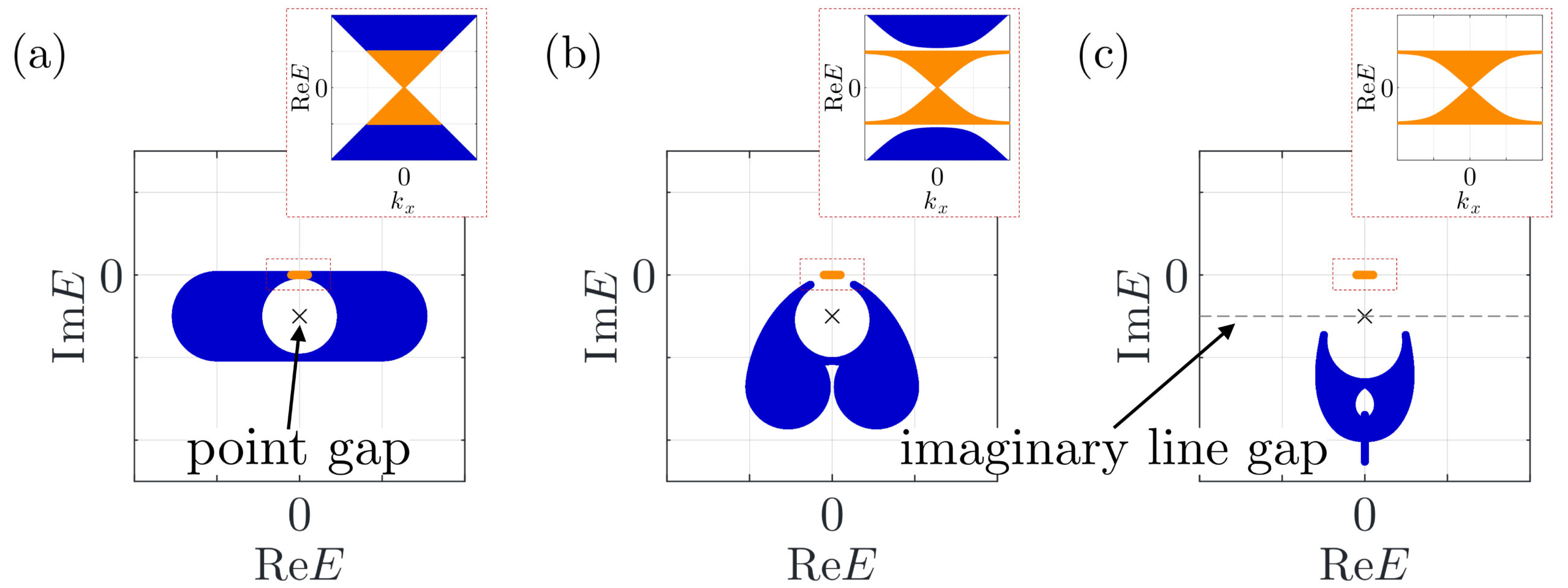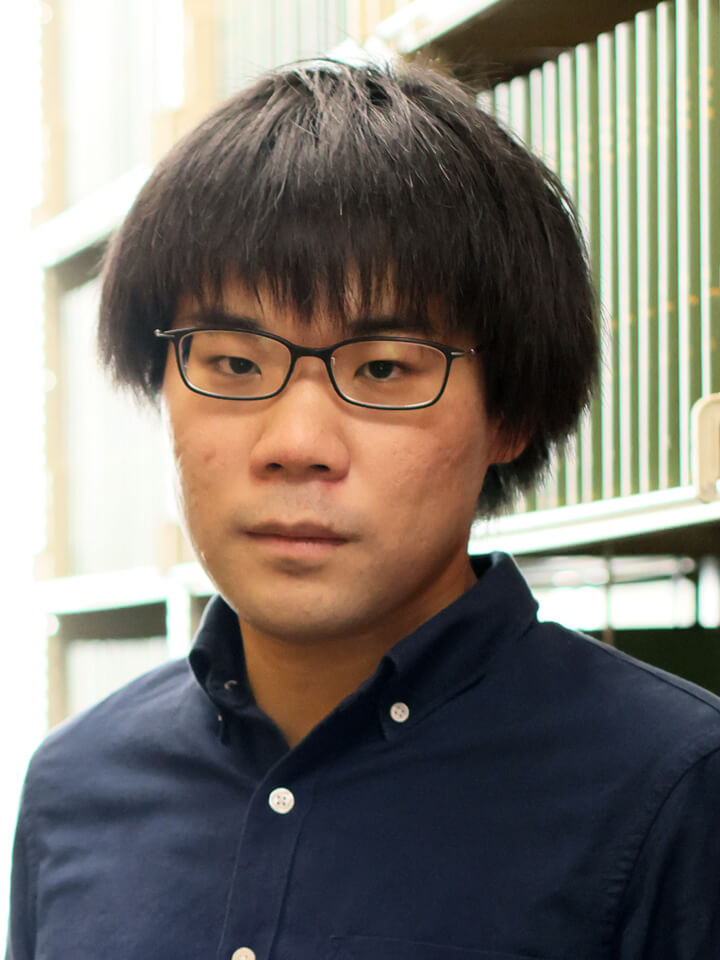SEMINAR 2025
Non-Hermitian Topology in Hermitian Topological Matter
| Speaker | Kohei Kawabata, Institute for Solid State Physics, University of Tokyo, Japan |
| Date/Time | Tuesday, 18 Feb, 4pm |
| Location | S11-02-07 |
| Moderator | Asst/Prof Lee Ching Hua |
Abstract
Non-Hermiticity gives rise to distinctive topological phenomena absent in Hermitian systems. However, connection between such intrinsic non-Hermitian topology and Hermitian topology has remained largely elusive. Here, considering the bulk and boundary as an environment and system, we demonstrate that anomalous boundary states in Hermitian topological insulators exhibit non-Hermitian topology [1, 2]. We study the self-energy capturing the particle exchange between the bulk and boundary, and show that it detects Hermitian topology in the bulk and induces non-Hermitian topology at the boundary. As an illustrative example, we reveal the non-Hermitian topology and concomitant skin effect inherently embedded within chiral edge states of Chern insulators. We also identify the emergence of hinge states within effective non-Hermitian Hamiltonians at surfaces of three-dimensional topological insulators. Furthermore, we comprehensively classify our correspondence across all the tenfold symmetry classes of topological insulators and superconductors.

Based on this correspondence and K-theory, we complete the tenfold classification of Wannier localizability and detachable topological boundary states [3, 4]. While topology can impose obstructions to exponentially localized Wannier functions, certain topological insulators are exempt from such Wannier obstructions. The absence of the Wannier obstructions can further accompany topological boundary states that are detachable from the bulk bands. Here, we elucidate a close connection between these detachable topological boundary states and non-Hermitian topology. Identifying topological boundary states as non-Hermitian topology, we demonstrate that intrinsic non-Hermitian topology leads to the inevitable spectral flow. By contrast, we show that extrinsic non-Hermitian topology underlies the detachment of topological boundary states and clarify anti-Hermitian topology of the detached boundary states.
References
[1] F. Schindler, K. Gu, B. Lian, and K. Kawabata, PRX Quantum 4, 030315 (2023).
[2] S. Hamanaka, T. Yoshida, and K. Kawabata, Phys. Rev. Lett. 133, 266604 (2024).
[3] D. Nakamura, K. Shiozaki, K. Shimomura, M. Sato, and K. Kawabata, arXiv:2407.09458.
[4] K. Shiozaki, D. Nakamura, K. Shimomura, M. Sato, and K. Kawabata, arXiv:2407.18273.
Biography
Kohei Kawabata received his PhD in physics from the University of Tokyo in 2022. After he was a Gordon and Betty Moore postdoctoral research associate at Princeton University, he joined the faculty at the Institute for Solid State Physics at the University of Tokyo in 2023. His research explores various aspects of condensed-matter physics, particularly fundamental and universal characterization of phases and orders far from equilibrium.

